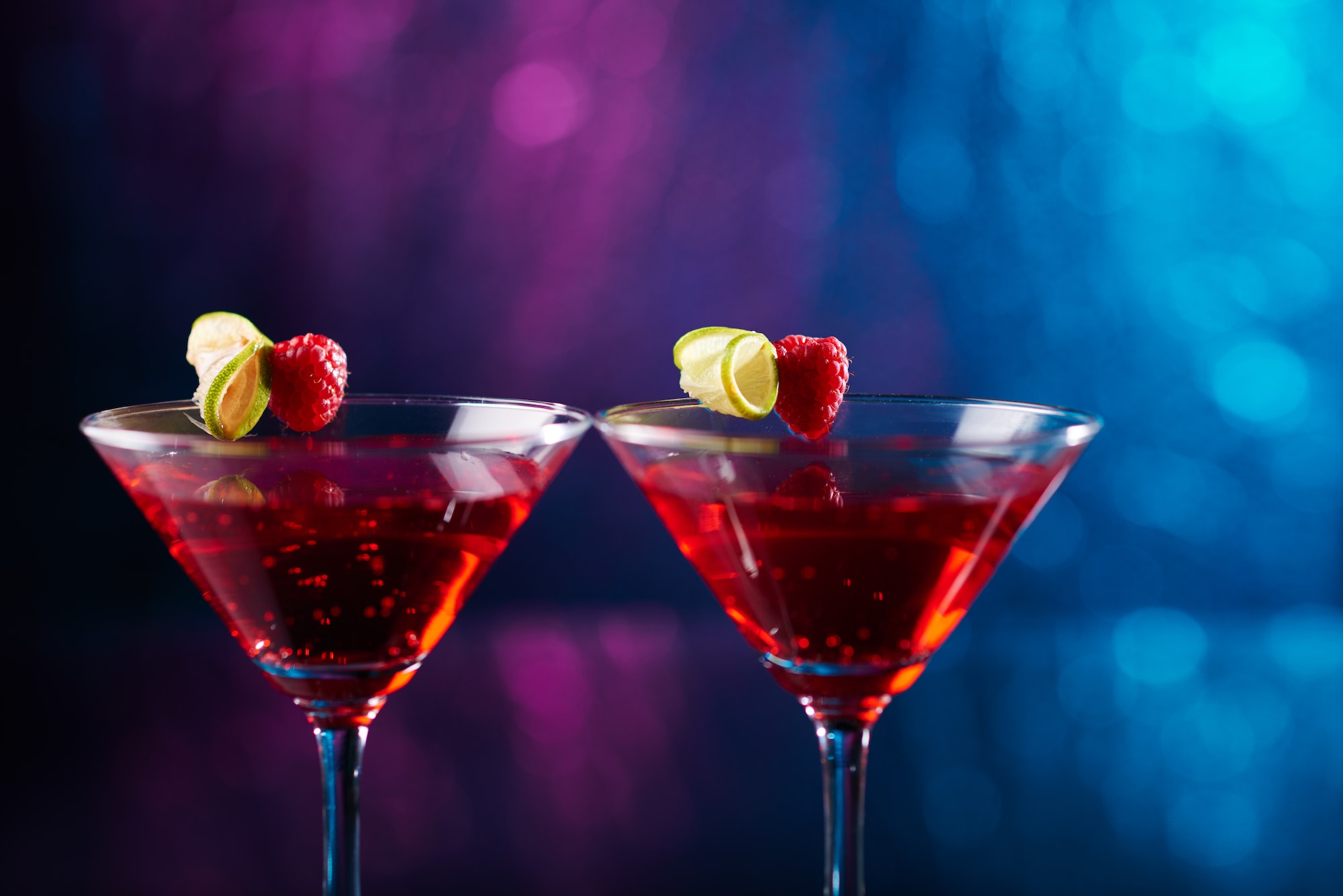The martini is a classic cocktail that has stood the test of time, remaining popular in bars and restaurants around the world. A well-made martini is a thing of beauty, showcasing the subtle flavors of its ingredients in perfect harmony. However, achieving this balance requires skill, attention to detail, and adherence to certain techniques. In this article, we’ll discuss how to properly stir or shake a martini, as well as uncover some tips for mastering other classic cocktail recipes.
Stirred or Shaken?
The age-old debate of whether a martini should be stirred or shaken may never be truly settled, but it’s worth understanding the reasons behind each method. The primary difference between stirring and shaking a cocktail lies in the amount of dilution and chilling that occurs.
Stirring
Stirring a cocktail gently mixes the ingredients while minimizing dilution and maintaining a silky texture. When stirring a martini, use a long bar spoon to reach the bottom of the mixing glass and move it in a circular motion, being careful not to slosh the liquid around. This technique is best for spirit-forward cocktails like martinis and Manhattans, as it preserves their clarity and smoothness.
To stir a martini:
- Fill a mixing glass with ice.
- Add 2 oz gin or vodka and 1/2 oz dry vermouth.
- Using a bar spoon, stir the mixture for 30-45 seconds until well-chilled.
- Strain into a chilled martini glass.
- Garnish with an olive or lemon twist.
Shaking
Shaking a cocktail vigorously chills and dilutes the ingredients more quickly than stirring, resulting in a colder drink with a slightly cloudy appearance. Shaking also introduces air bubbles into the mixture, giving it a frothy texture that can be desirable for certain cocktails like sours and Collinses.
To shake a martini:
- Fill a cocktail shaker with ice.
- Add 2 oz gin or vodka and 1/2 oz dry vermouth.
- Secure the shaker lid and shake vigorously for 15-20 seconds.
- Strain into a chilled martini glass.
- Garnish with an olive or lemon twist.
Ultimately, the choice between stirring and shaking a martini comes down to personal preference. If you enjoy a smoother, more spirit-forward drink, opt for a stirred martini. If you prefer a colder, slightly diluted martini with a touch of frothiness, go for the shaken version.
Mastering Classic Cocktail Recipes
Becoming proficient in crafting classic cocktails requires practice, patience, and attention to detail. Here are some tips to help you on your journey:
- Invest in quality tools: A well-stocked home bar should include a mixing glass, bar spoon, cocktail shaker, jigger, strainer, and muddler. These tools will make it easier to create consistent and delicious cocktails.
- Use fresh ingredients: Fresh citrus juice, herbs, and garnishes can make all the difference in the flavor of your cocktails. Avoid using bottled or prepackaged ingredients whenever possible.
- Measure accurately: Using a jigger to measure your ingredients will ensure that your cocktails are well-balanced and consistent every time.
- Chill your glassware: Serving your cocktails in chilled glassware not only looks elegant but also helps maintain the temperature of your drink.
- Practice makes perfect: As with any skill, mastering classic cocktail recipes takes time and repetition. Don’t be discouraged if your first few attempts aren’t perfect; keep practicing and refining your technique.
By following these guidelines and honing your skills, you’ll soon be able to craft martinis and other classic cocktails that would impress even the most discerning connoisseur.

